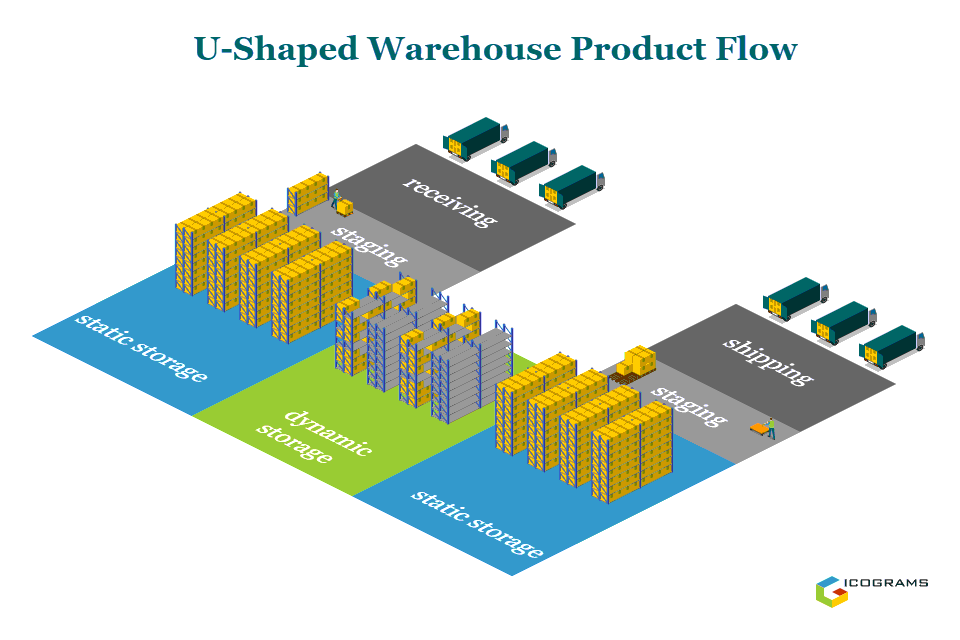Master CIPS L4M7 Exam with Reliable Practice Questions
Toll Group has thousands of end-of-life IT assets that need to be disposed of. The senior manage-ment of Toll Group is largely concerned about sustainability in waste management, especially electronic waste. Before selecting a supplier to manage the process, the procurement team is required to assess the environmental risks regarding disposal of the assets. Risk assessment is basically based on the measurement of which factors?
1. Impact
2. Reward
3. Surveillance
4. Likelihood
Correct : A
All risk management processes follow the same basic steps, although sometimes different jargon is used to describe these steps. Together these 5 risk management process steps combine to deliver a simple and effective risk management process.
Step 1: Identify the Risk. You and your team uncover, recognize and describe risks that might affect your project or its outcomes. There are a number of techniques you can use to find project risks. During this step you start to prepare your Project Risk Register.
Step 2: Analyze the risk. Once risks are identified you determine the likelihood and consequence of each risk. You develop an understanding of the nature of the risk and its potential to affect pro-ject goals and objectives. This information is also input to your Project Risk Register.
Step 3: Evaluate or Rank the Risk. You evaluate or rank the risk by determining the risk magni-tude, which is the combination of likelihood and consequence. You make decisions about whether the risk is acceptable or whether it is serious enough to warrant treatment. These risk rankings are also added to your Project Risk Register.
Step 4: Treat the Risk. This is also referred to as Risk Response Planning. During this step you assess your highest ranked risks and set out a plan to treat or modify these risks to achieve acceptable risk levels. How can you minimize the probability of the negative risks as well as enhancing the opportunities? You create risk mitigation strategies, preventive plans and contingency plans in this step. And you add the risk treatment measures for the highest ranking or most serious risks to your Project Risk Register.
Step 5: Monitor and Review the risk. This is the step where you take your Project Risk Register and use it to monitor, track and review risks.
- What are the 5 Risk Management Steps in a Sound Risk Management Process?
- CIPS study guide page 192-193
LO 3, AC 3.3
Start a Discussions
The minimal total cost is always achieved when there is only one warehouse. Is this statement true?
Correct : A
The total cost of storage consists of two different costs:
- The cost of warehouses: each one has a different cost, and each has the cost of stock-holding and stock management included
- The transport costs: the total transport cost reduces as further warehouses mean shorter final delivery to the customers.
Depending on each situation, the optimal number of warehouses varies. Generally, more facilities will increase the cost of warehouses while reduce the transport costs and vice versa.
LO 1, AC 1.1
Start a Discussions
XYZ Ltd is a retailer in the US. Their customers' demand for Thanksgiving and Christmas decora-tions usually rises in the end of the year. This irregular demand results in more required storage space for finished goods during peak seasons. Which of the following are possible solutions for dealing with required additional space?
1. Maximising aisle width
2. Keeping high buffer stock throughout the year
3. Maximising flexibility in warehouse layout
4. Installing mezzanine floor
Correct : D
Possible solutions to the high irregular or seasonal demand problems are listed below:
* Take advantage of the height of the warehouse
- Mezzanine floor
- High racking system (increase storage capacity but require high-reach material handling equip-ment)
* Eliminate dead stock or inventory
* Improve material flow
* Improve storage location method
* Consider using aisle space during demand peak
* Narrow aisles between racks (require narrow handling equipment)
* Carousel-type storage system
* Auto-storage and retrievals system (ASRS)
LO 1, AC 1.1
Start a Discussions
The purchase-order lead time is the...?
Correct : C
Purchase order lead time (POLT) refers to the number of days from when a company places an order for production inputs it needs, to when those items arrive at the manufacturing plant.
LO 2, AC 2.3
Start a Discussions
U-shape flow layout can utilise handling equipment if the high demands items locate adjacent to shipping docks. Is this statement true?
Correct : D
A 'U' flow occurs when the goods receipt and dispatch functions are located at the same end of a warehouse building.
Products flow in at receiving, move in to storage in the back of the warehouse, and then to shipping, which is located at the adjacent to receiving on the same side of the building.
Items with higher throughput level are located closer to the loading bays. An example of a 'U' flow design can be seen in the diagram below.

Advantages of 'U' Flow
- Excellent utilization of dock resources because the receiving and shipping processes can share dock doors
- Facilitating cross-docking because the receiving and shipping docks are adjacent to one another and may be co-mingled
- Excellent lift truck utilization because put away and retrieval trips are easily combined and be-cause the storage locations closest to the receiving and shipping docks are natural locations to house fast moving items
- Yields excellent security because there is a single side of the building used for entry and exit
LO 1, AC 1.1
Start a Discussions